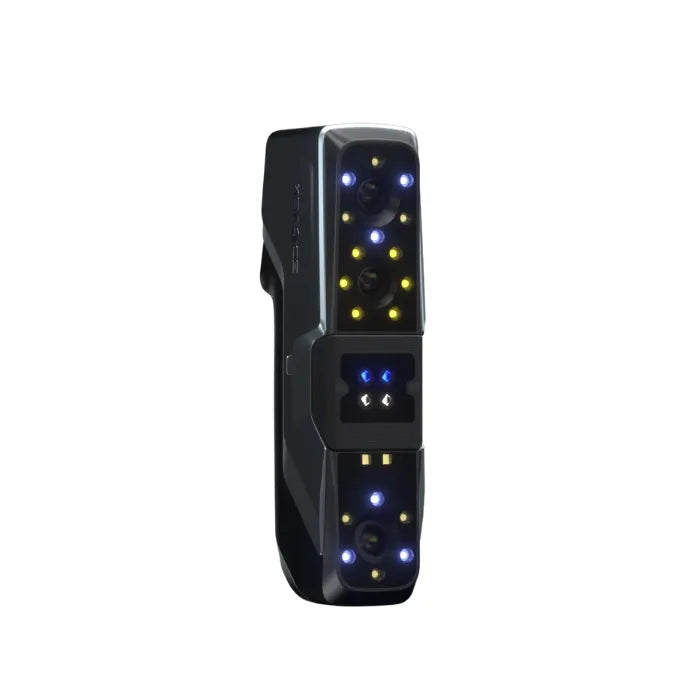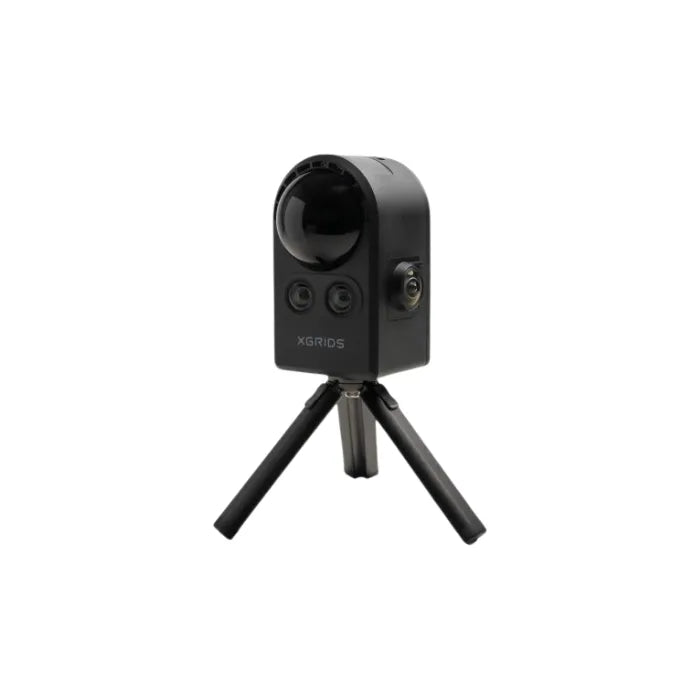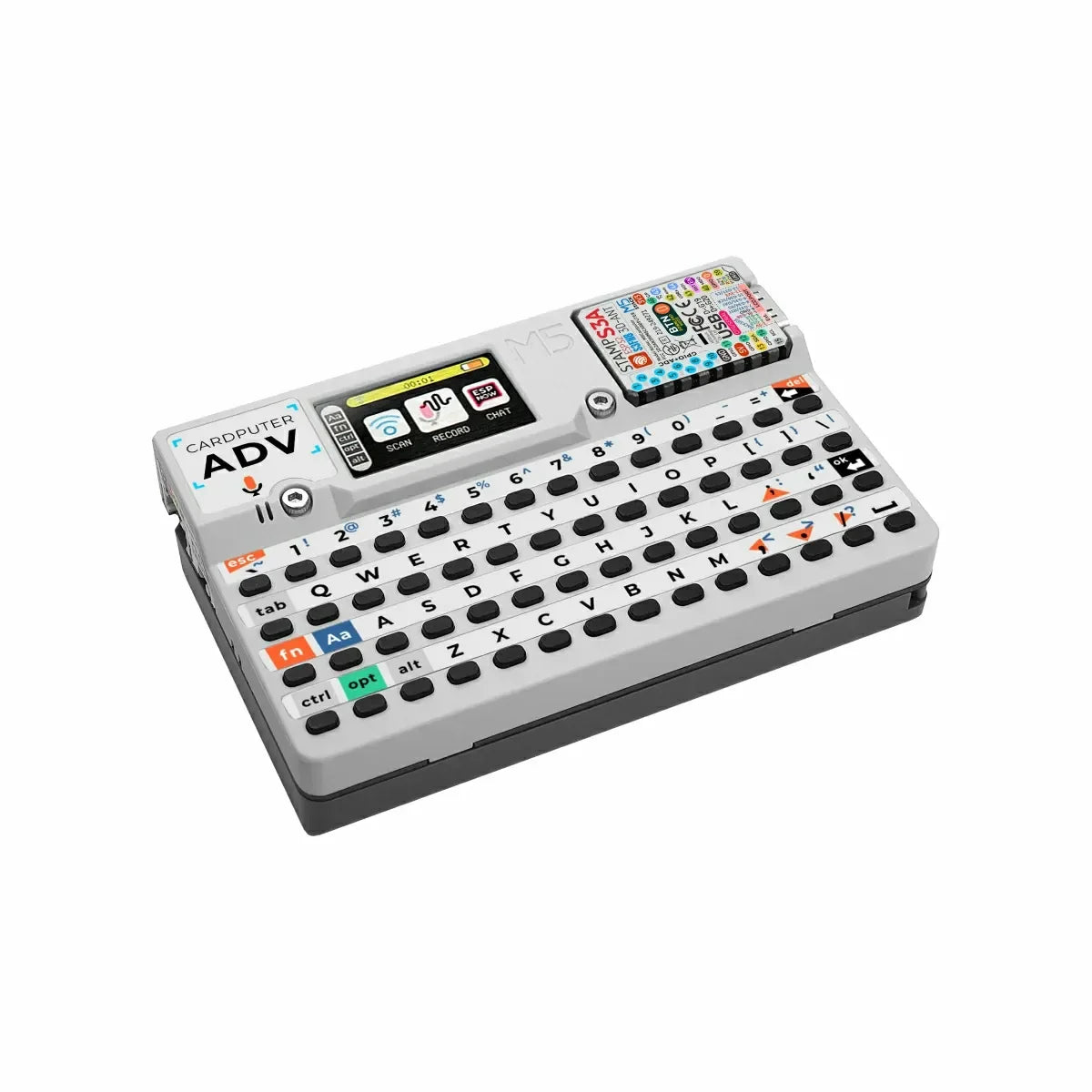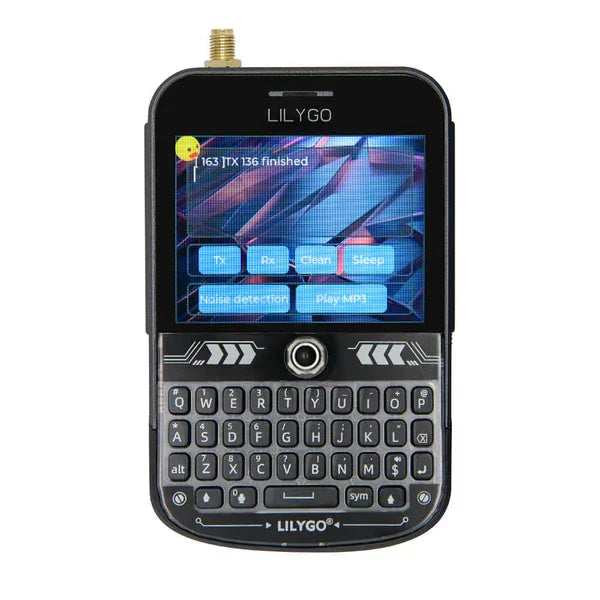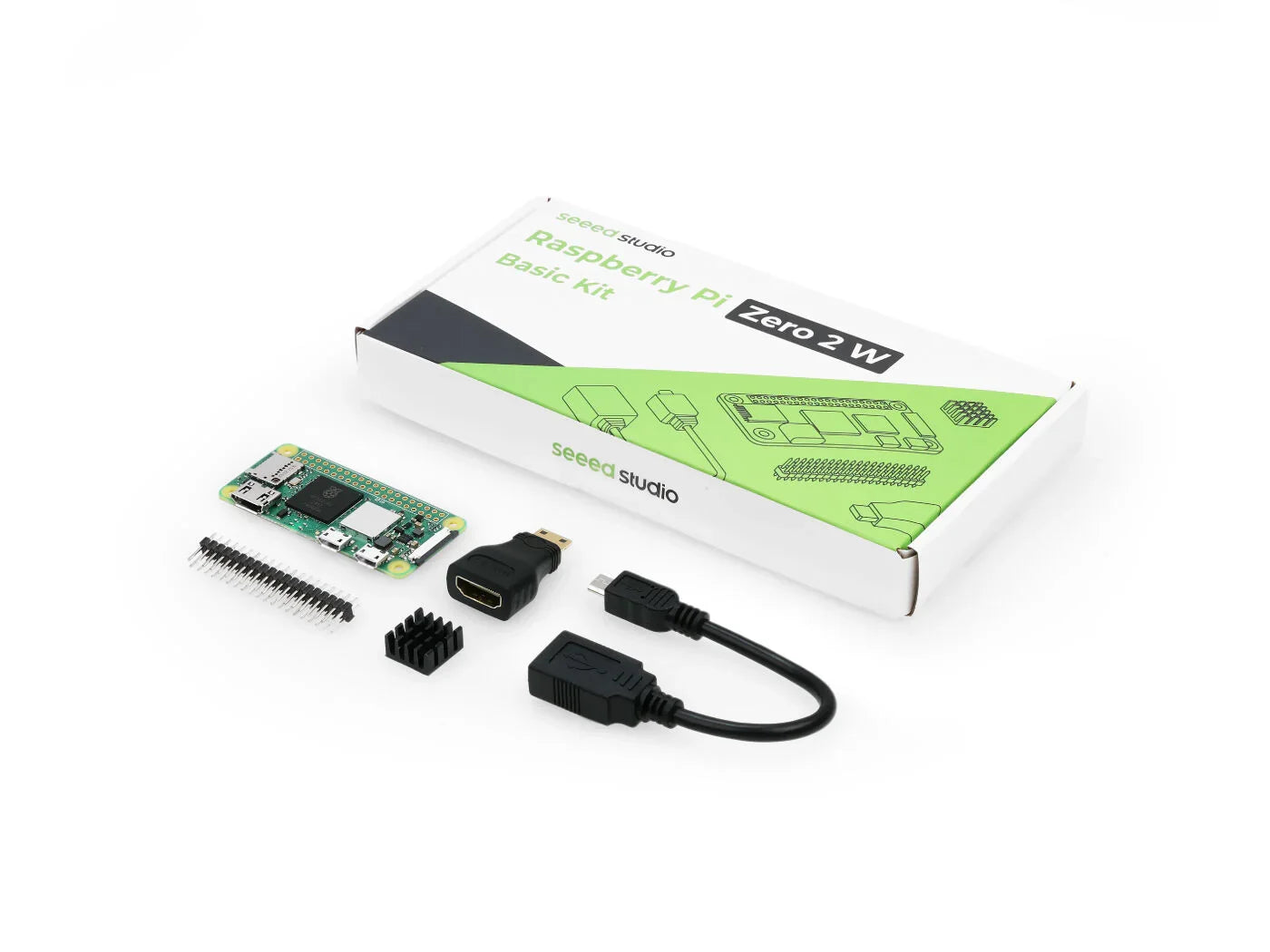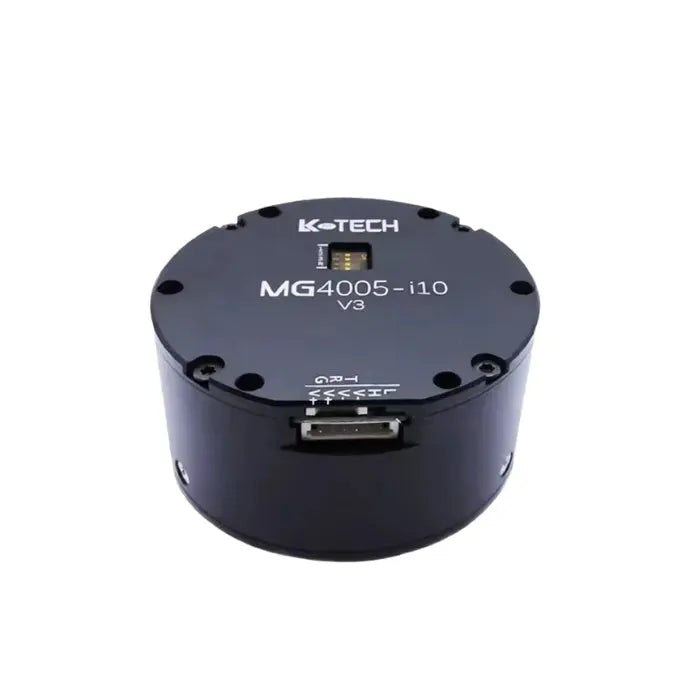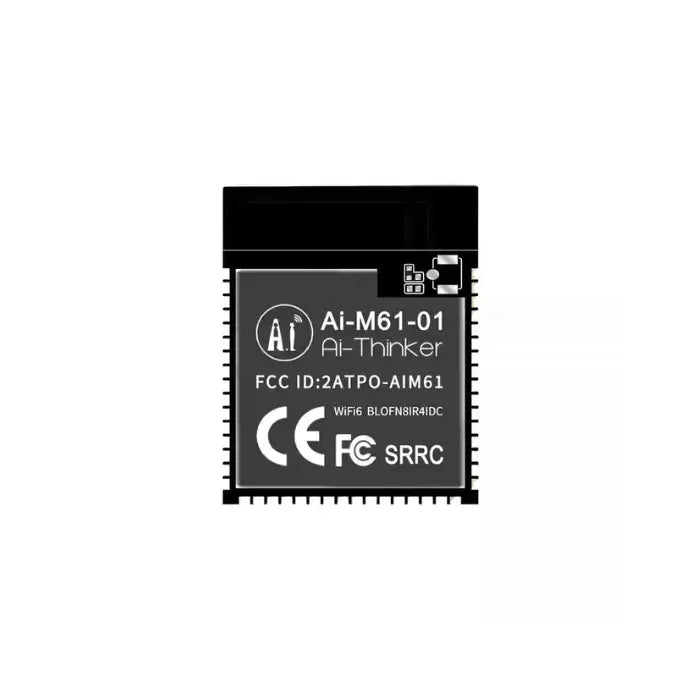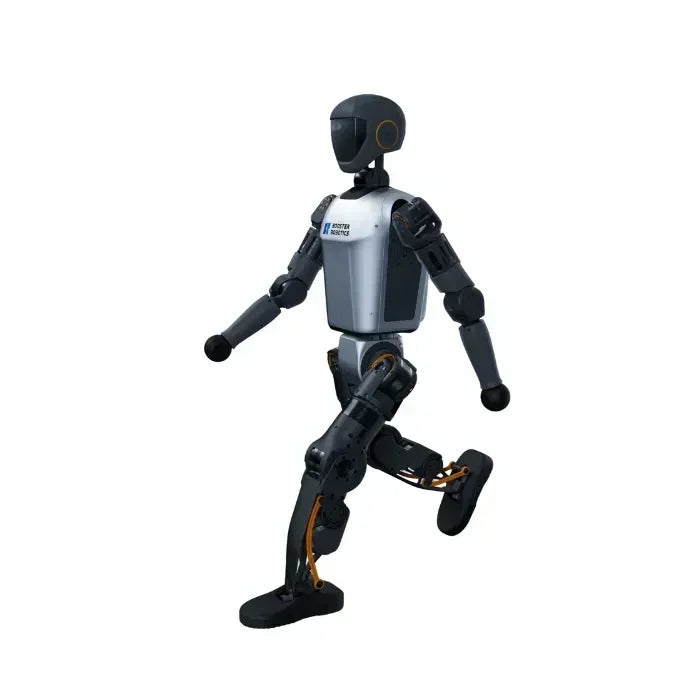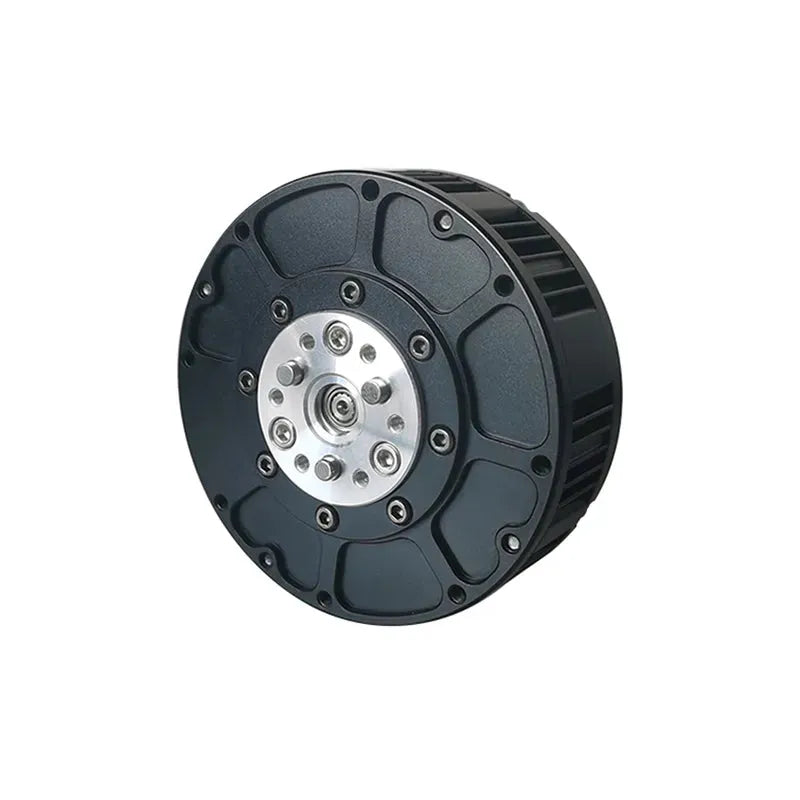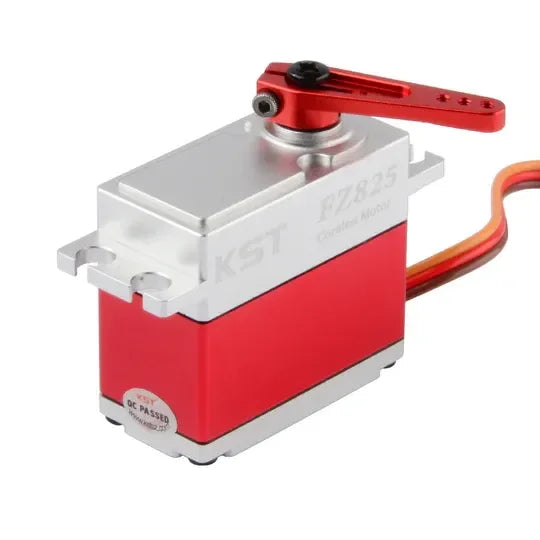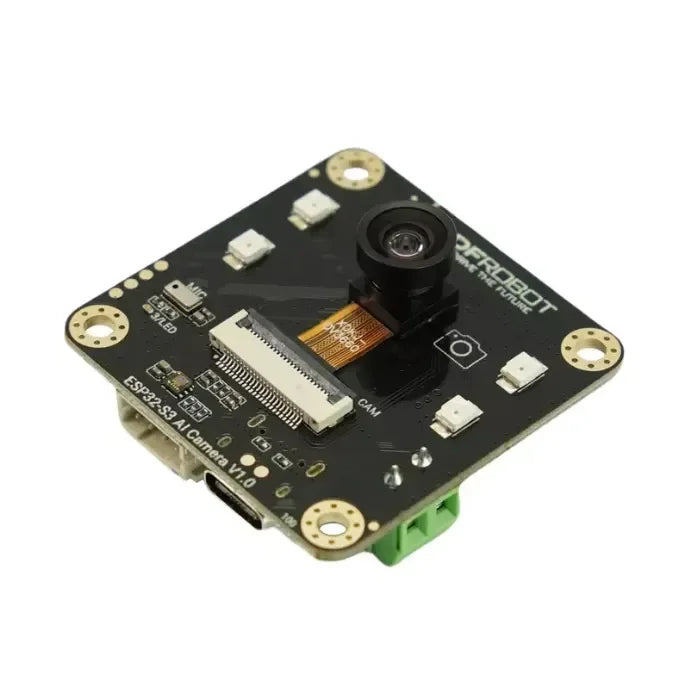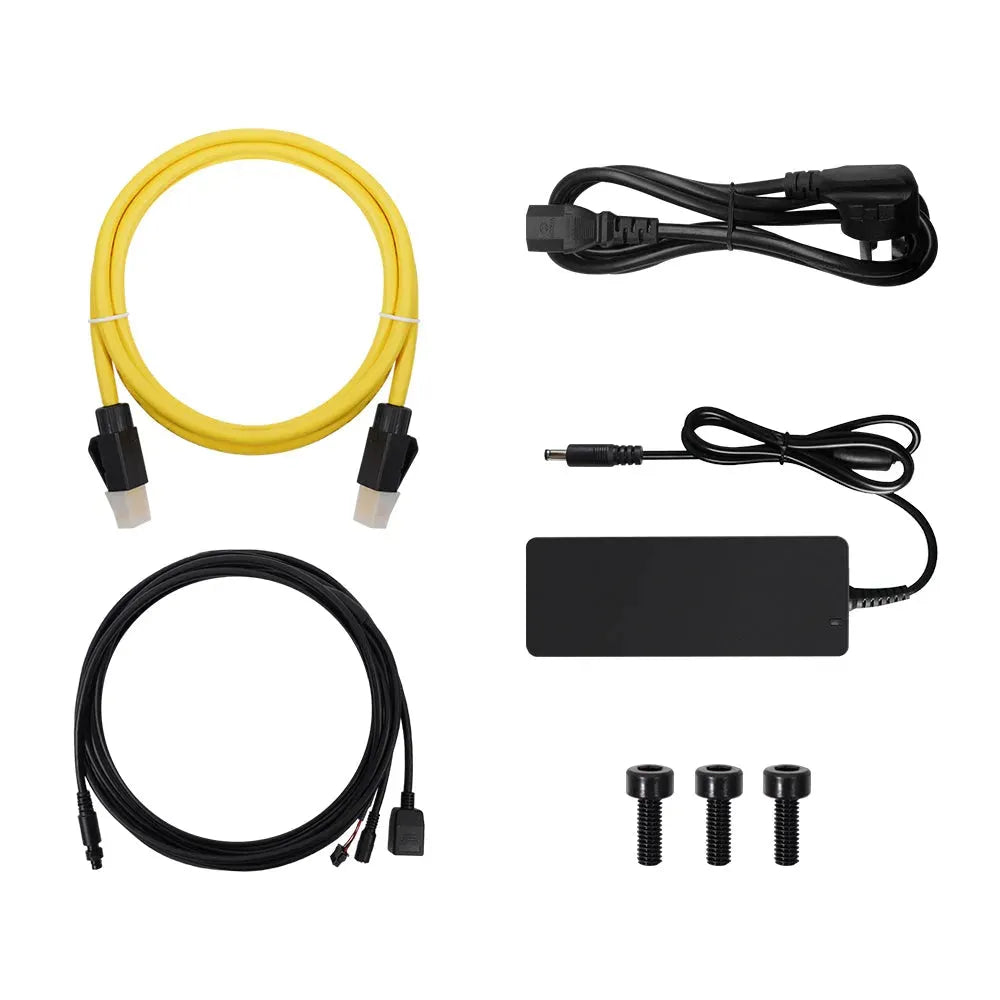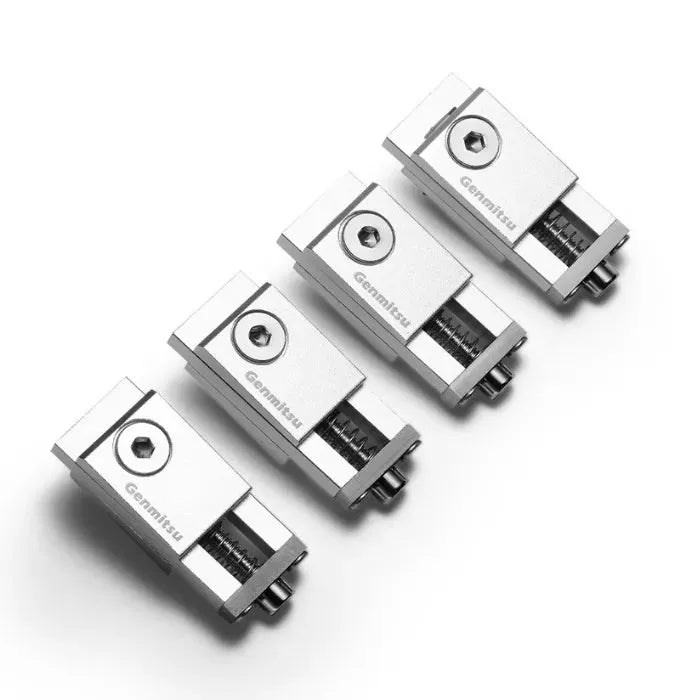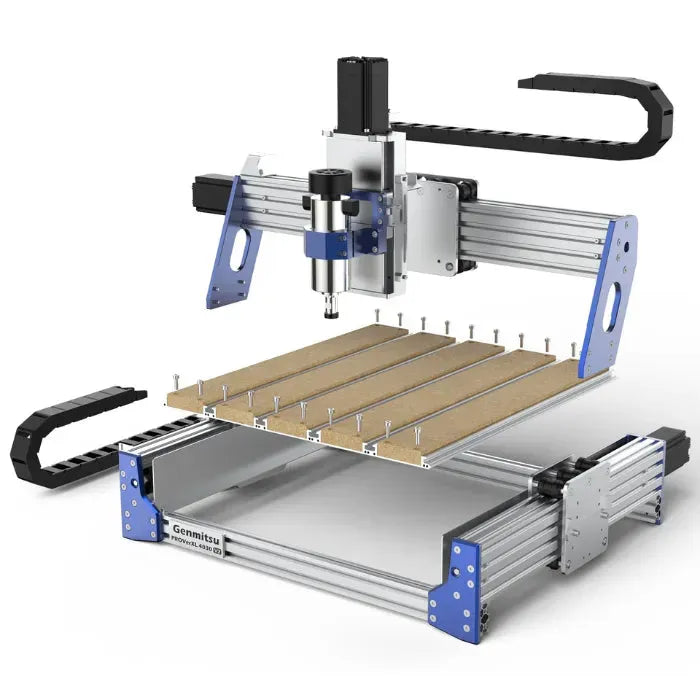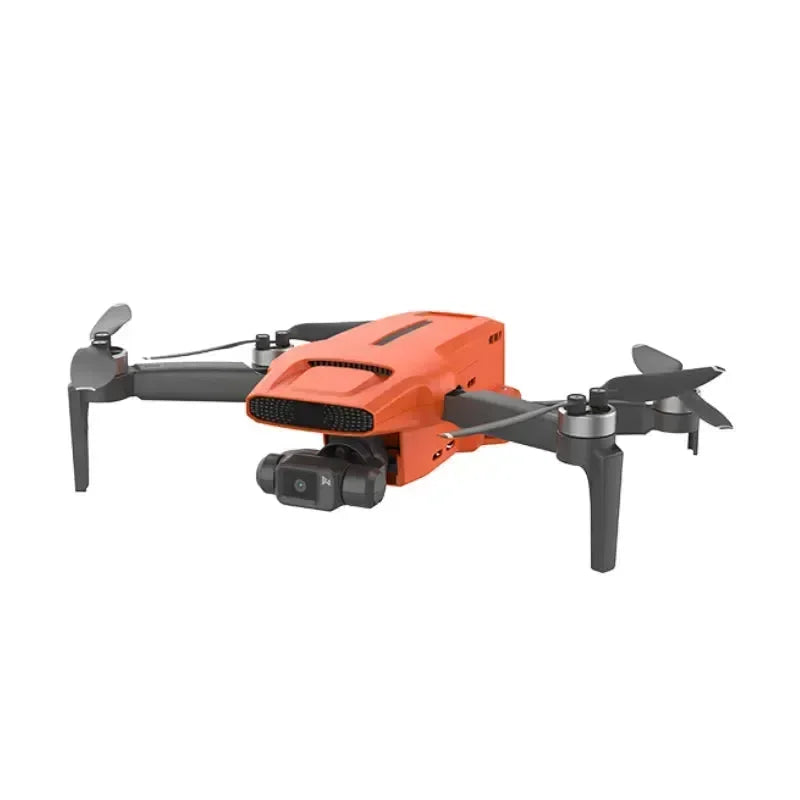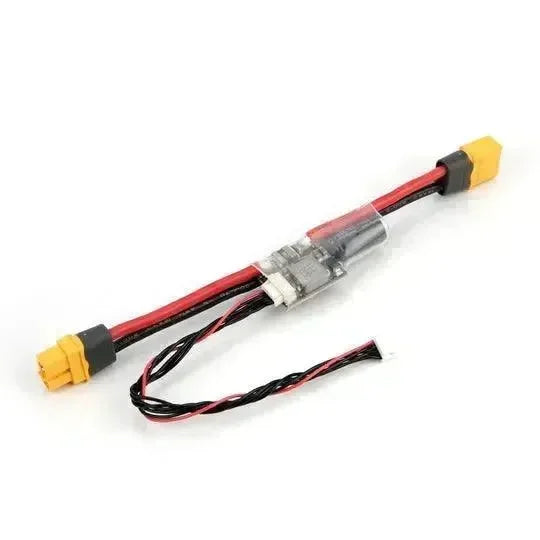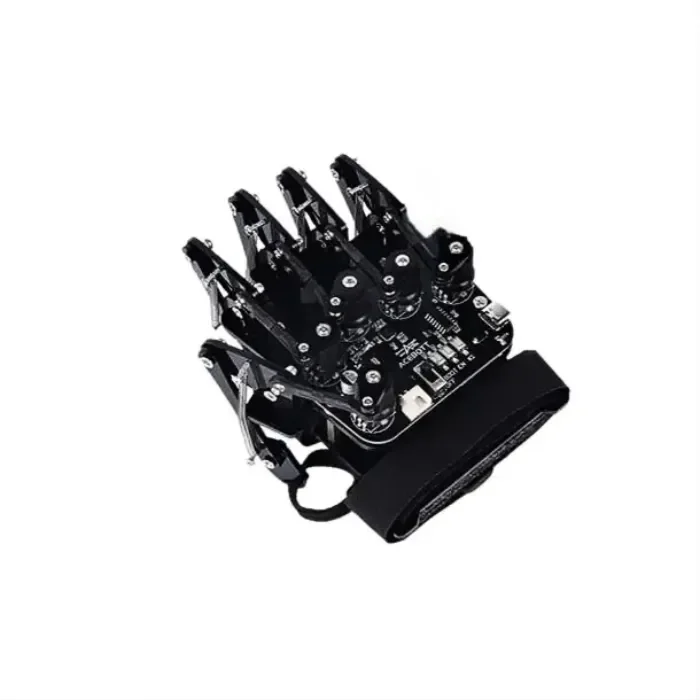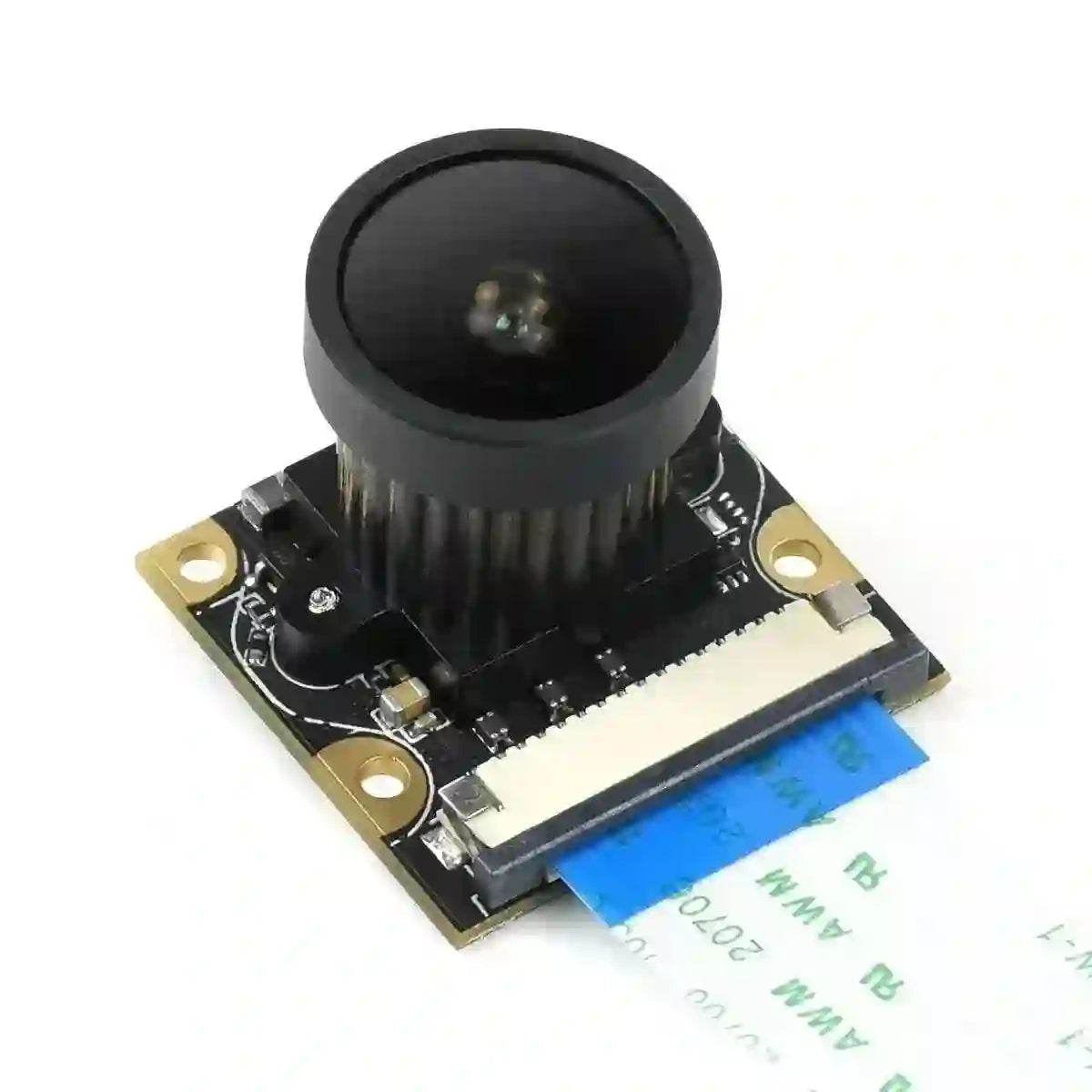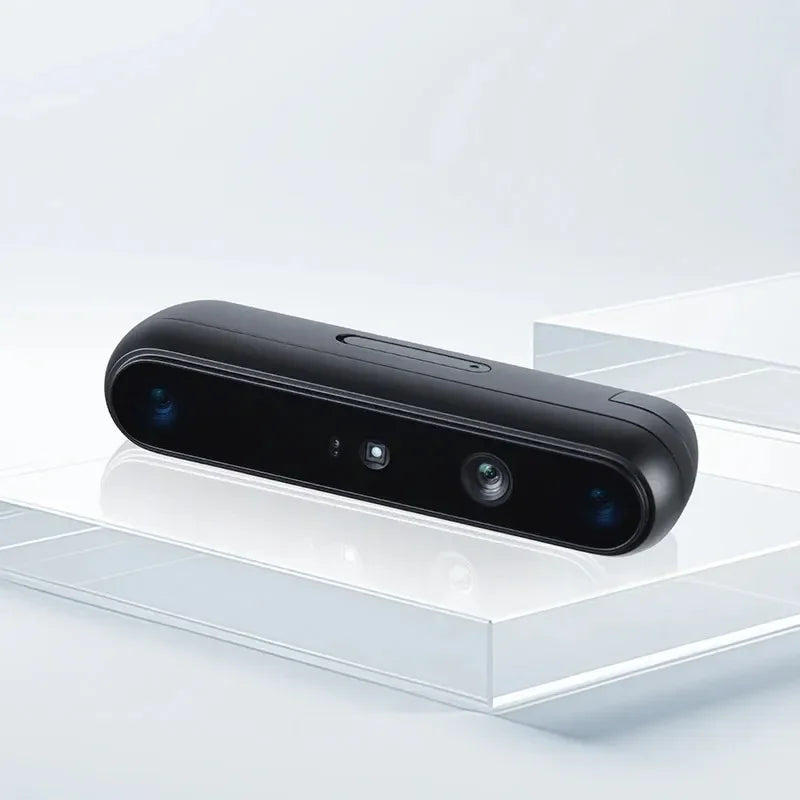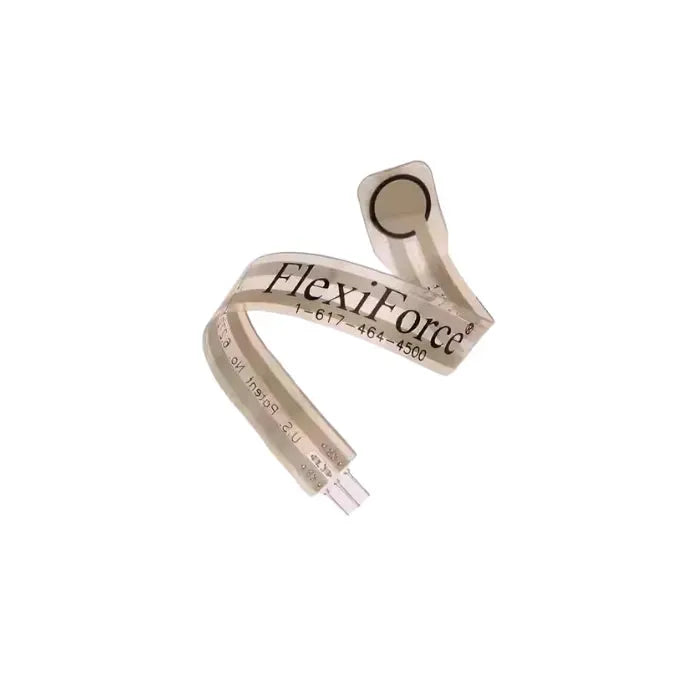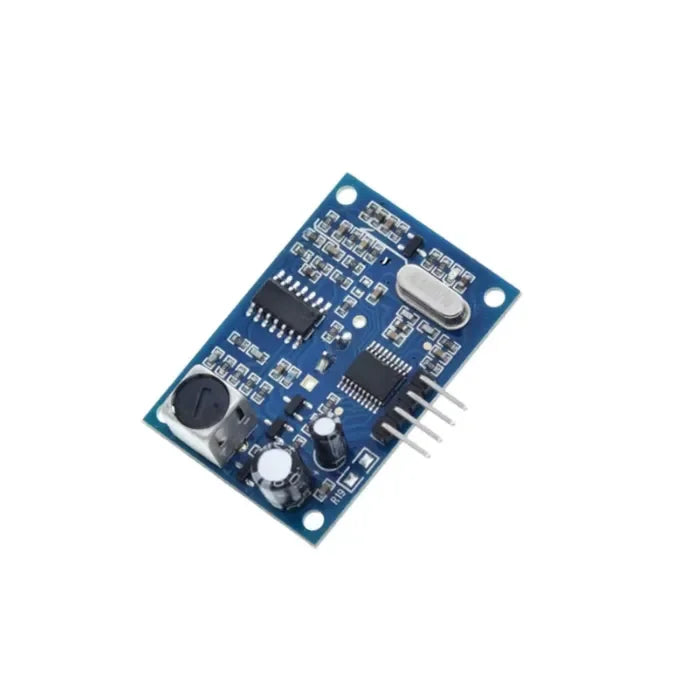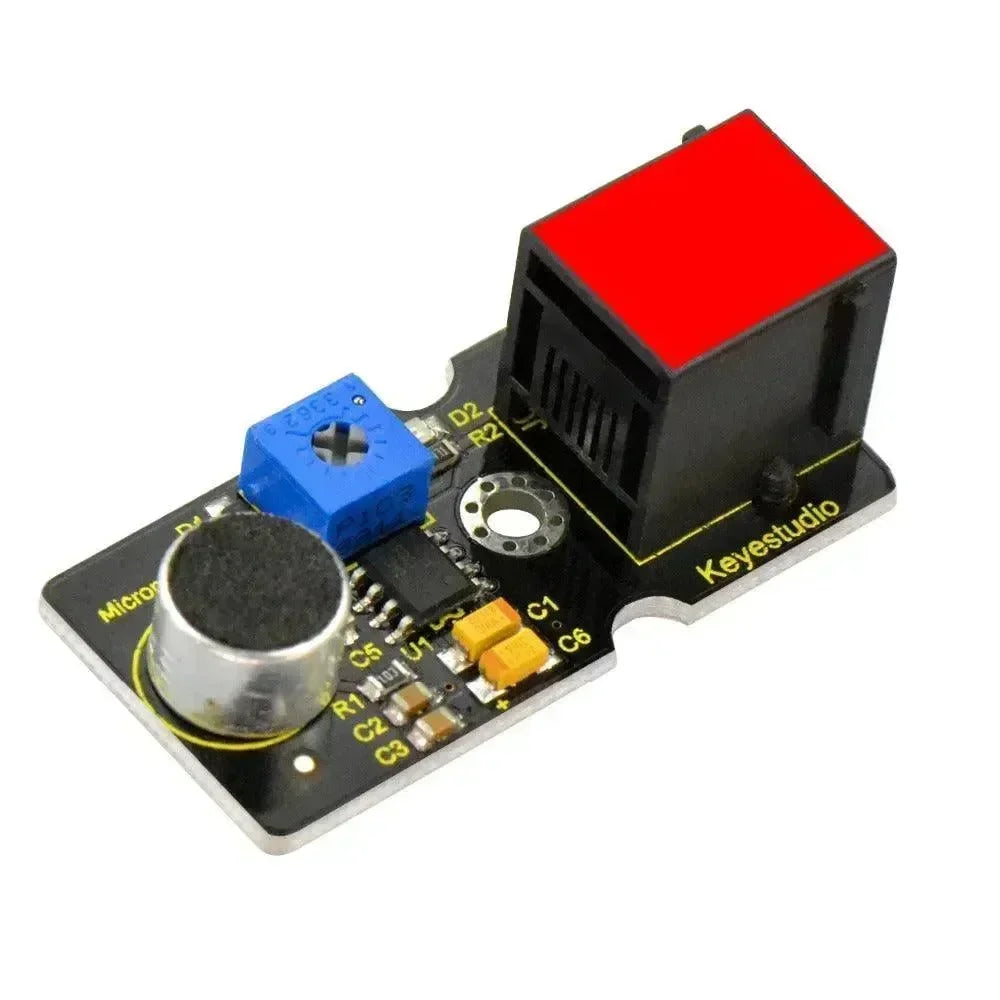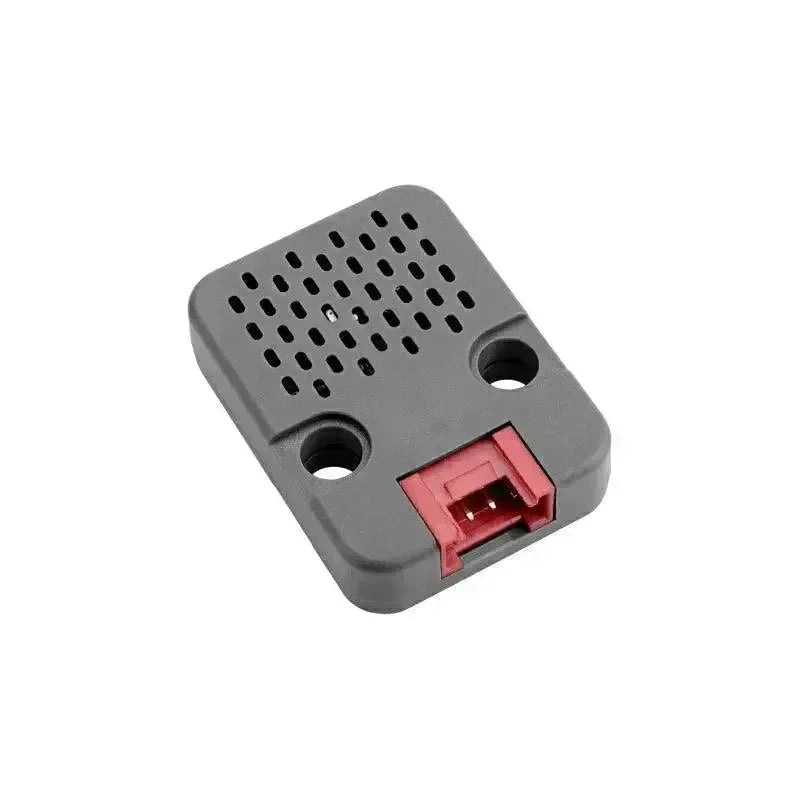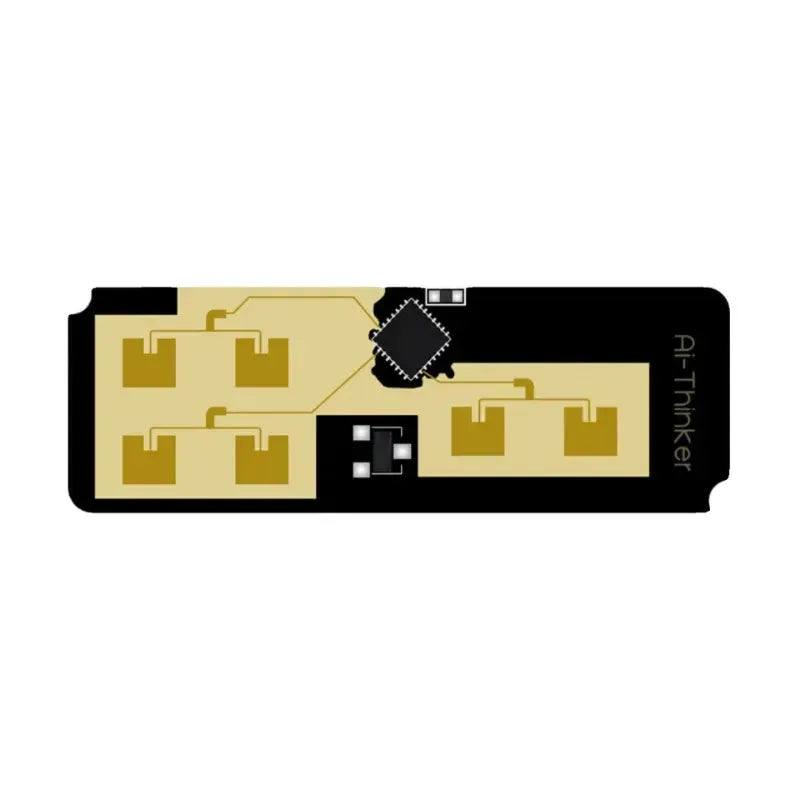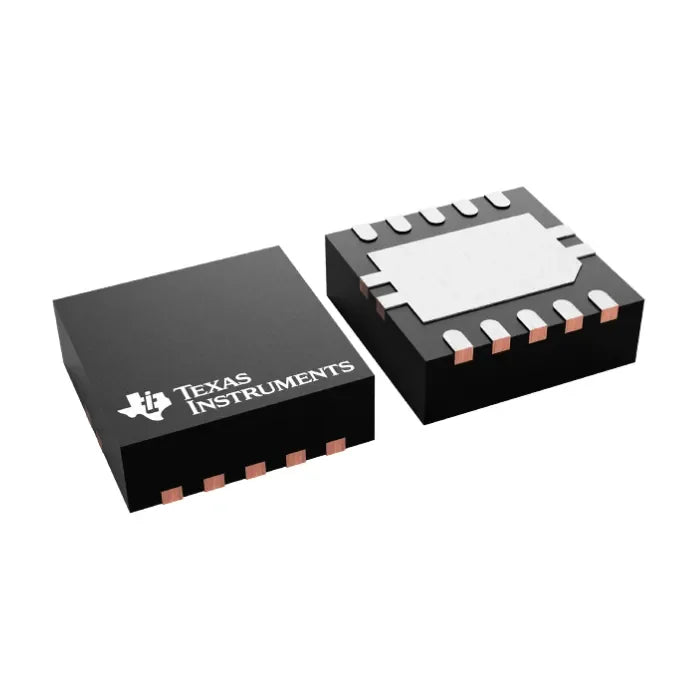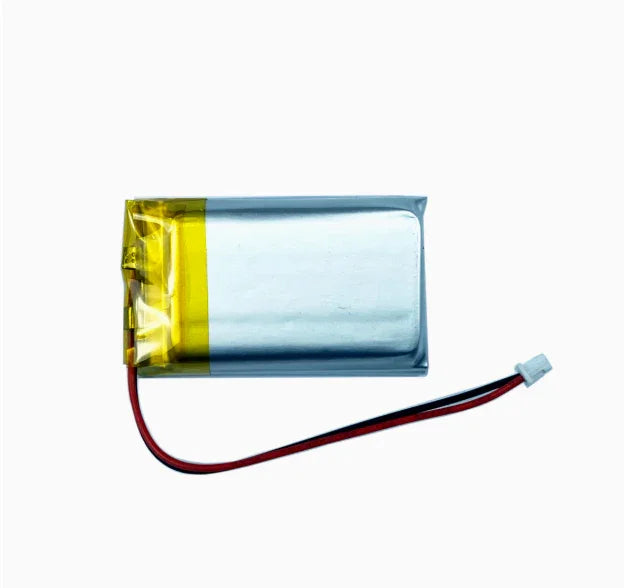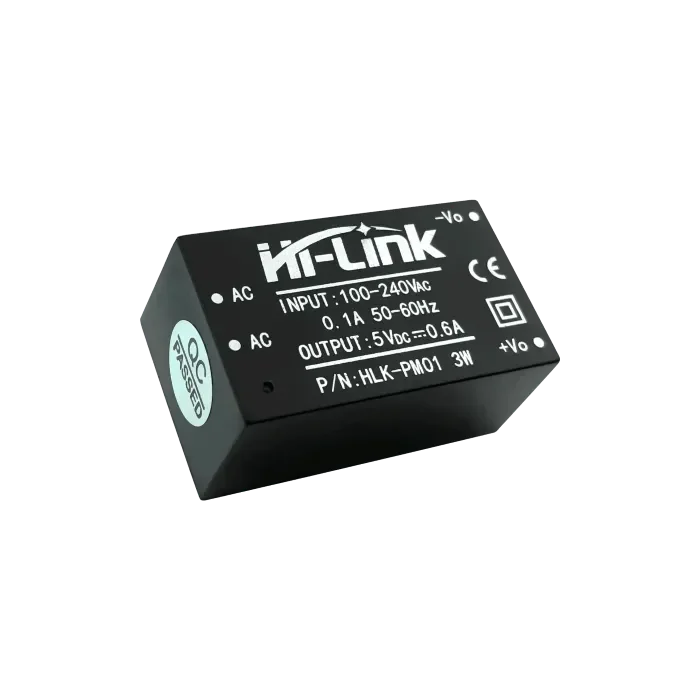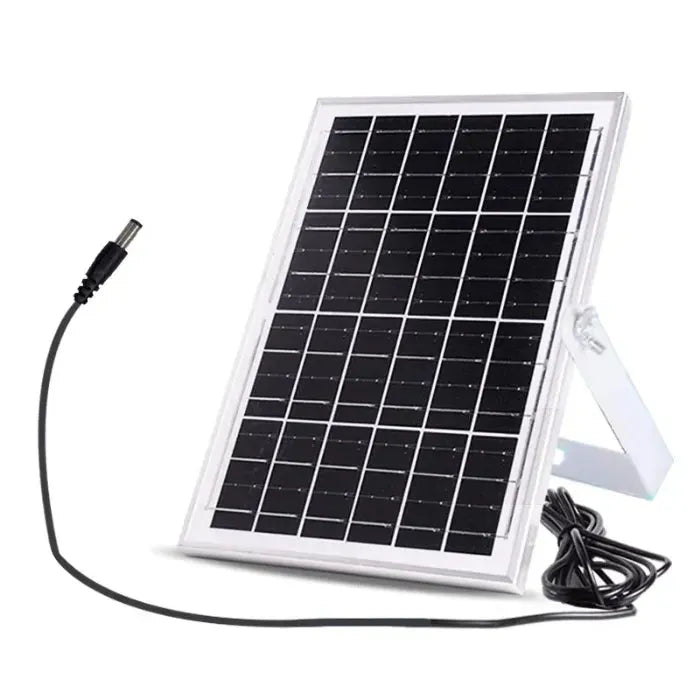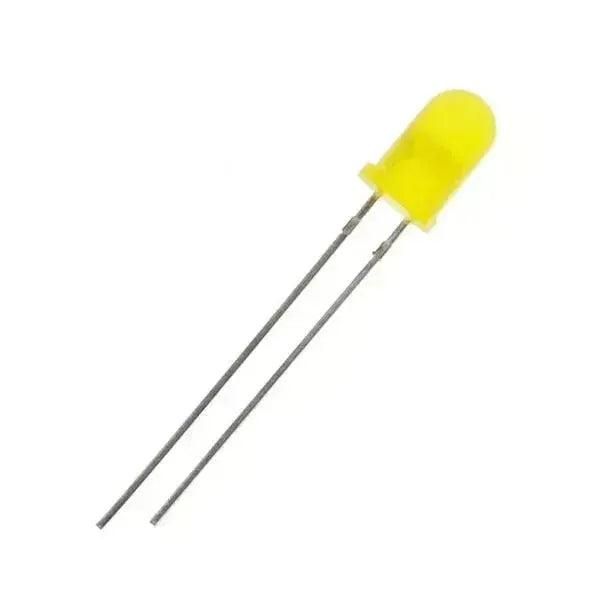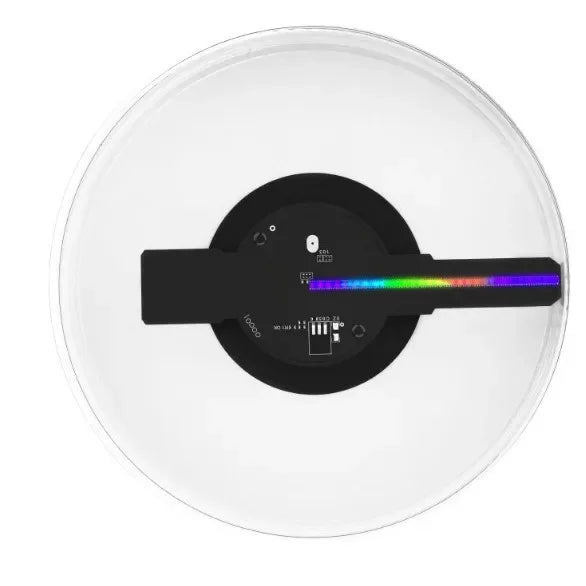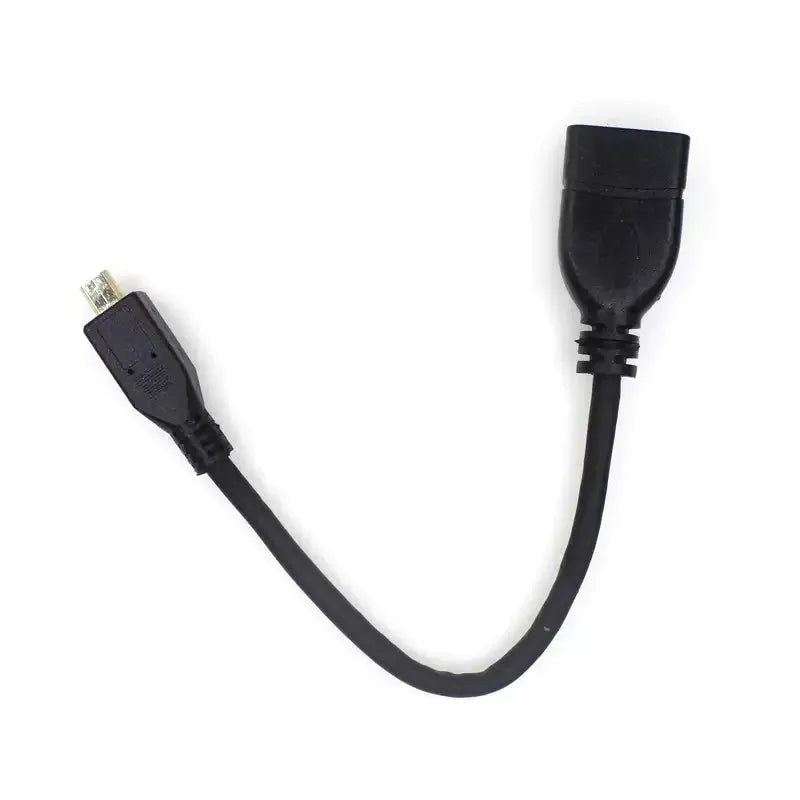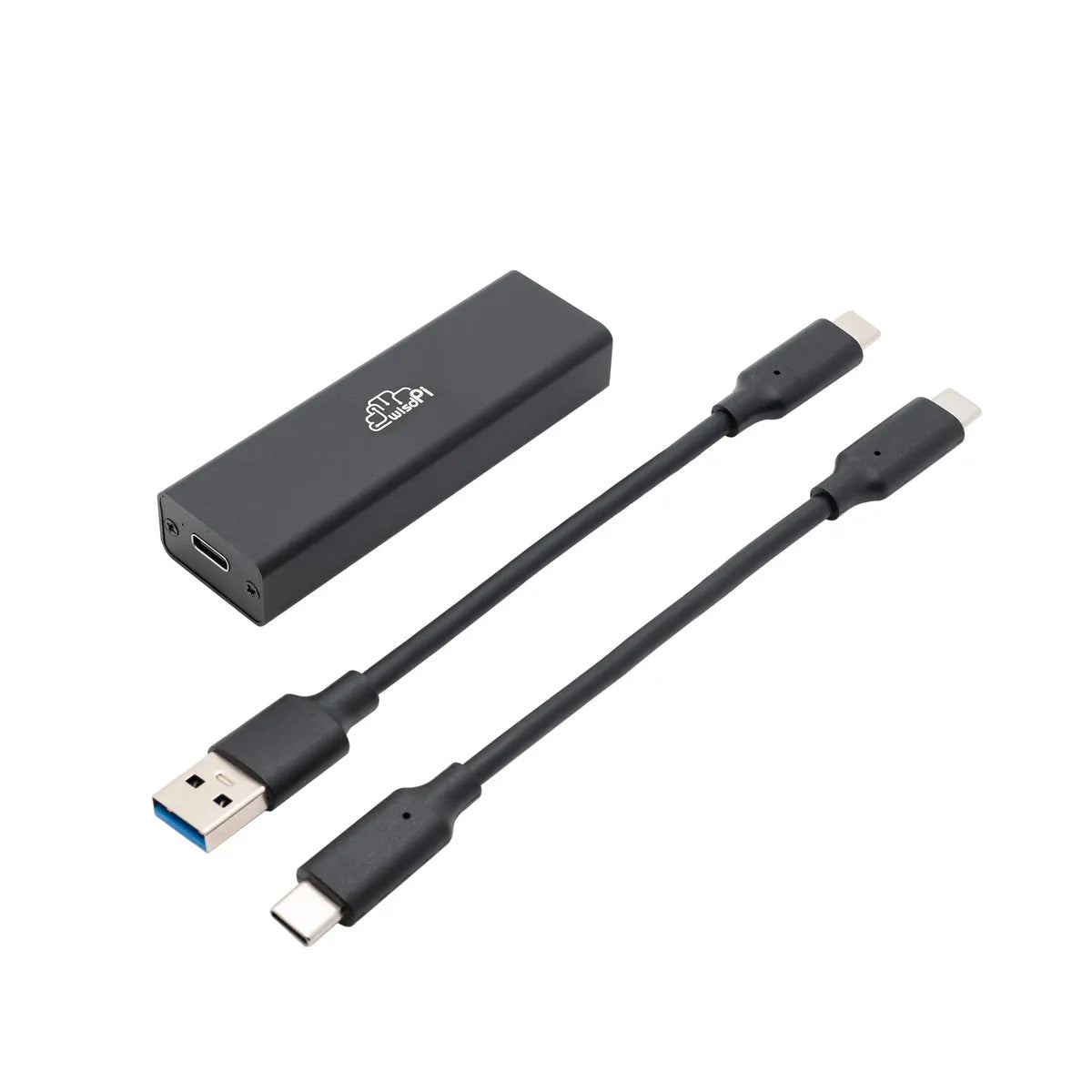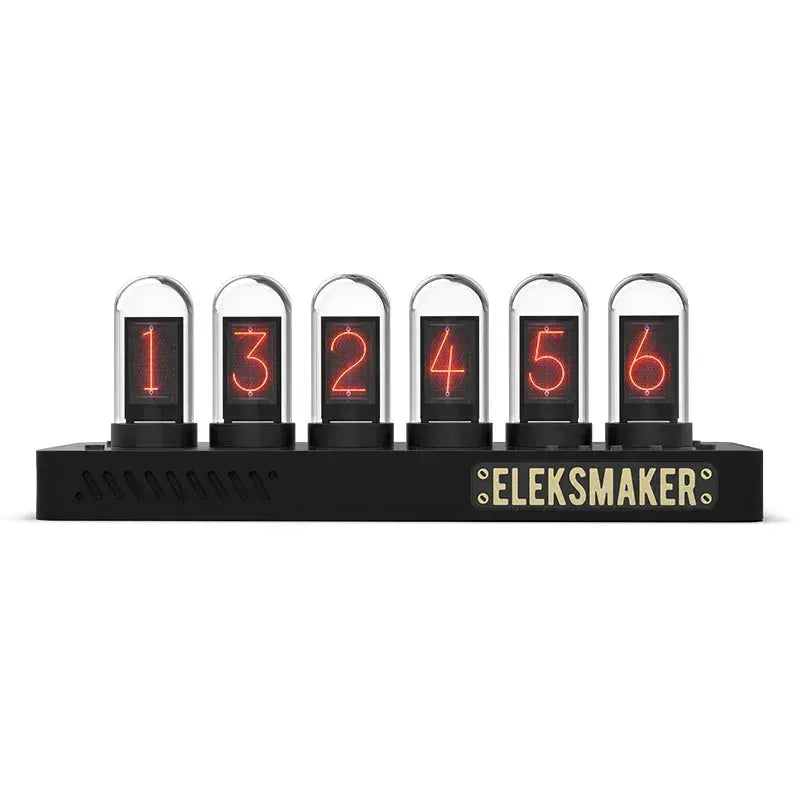Design Philosophy and Target Audience
LP4: So the LP4 is kinda like a portable dual‑laser engraver. It mix a diode laser with an infrared one. The whole idea is about versatility and easy to use, so hobby folks, teachers, and small creative studios gonna love it.
LP5: Now the LP5, that’s more like a pro‑level dual‑laser beast. It got a 20W fiber laser plus a 20W diode laser together. This combo gives you crazy speed and precision, basically industrial vibes. It’s aimed at small biz, jewelry makers, and advanced creators who wanna engrave deep on metals and get faster throughput.
Laser Technology
LP4 Dual‑Laser Setup:
-
Diode Laser: Great for organic materials like wood, leather, paper, and acrylic.
-
Infrared Laser: Allows engraving on coated metals, plastics, and some stone surfaces.
-
Implication: LP4 is versatile but limited in depth and cutting power.
LP5 Fiber + Diode Combo:
-
Fiber Laser (20W): Capable of deep engraving, 3D embossing, and precise cutting on metals.
-
Diode Laser (20W): Handles organic materials with speed and efficiency.
-
Implication: LP5 covers almost all materials, from stainless steel to hardwood, making it a true all‑rounder.
Power and Speed
Engraving Area and Expandability
Material Compatibility
Portability and Ease of Use
Software and Workflow
Safety Features
Price and Value
Use Case Scenarios
Pros and Cons Summary
| Feature | LaserPecker LP4 | LaserPecker LP5 |
| Laser Types | Dual‑laser: Diode + Infrared | Dual‑laser: 20W Fiber + 20W Diode |
| Power Output | Lower wattage, optimized for organic materials | 20W fiber for deep engraving + 20W diode for versatility |
| Speed | Moderate engraving speed | Up to 10,000 mm/s super speed |
| Engraving Area | Compact, portable workspace | 120 × 160 mm ellipse, expandable to 160 × 300 mm |
| Material Compatibility | Wood, leather, acrylic, paper, coated metals | Metals, stone, plastics, wood, leather, industrial materials |
| Cutting Depth | Limited, surface engraving only | Capable of cutting and 3D embossing |
| Portability | Lightweight, classroom‑friendly | Portable but heavier, suited for studios/workshops |
| Software Integration | LaserPecker app, beginner‑friendly | LaserPecker app with advanced workflows |
| Safety Features | Protective shields, optional enclosure | Dedicated safety enclosure, industrial‑grade protections |
| Price Range | More affordable, hobbyist‑friendly | Higher cost, professional investment |
| Best For | Hobbyists, educators, small crafts | Professionals, jewelry makers, small businesses |
Future Outlook
Conclusion
If you’re a hobbyist or maybe a teacher, the LP4 is kinda the affordable, portable way to start laser engraving. It’s versatile enough for most creative stuff and super easy to set up anywhere.
But if you’re more like a pro maker or running a small biz, then the LP5 is the real powerhouse you need. Its fiber + diode combo let you engrave deep on metals, go faster, and handle bigger projects — basically a true production tool.

